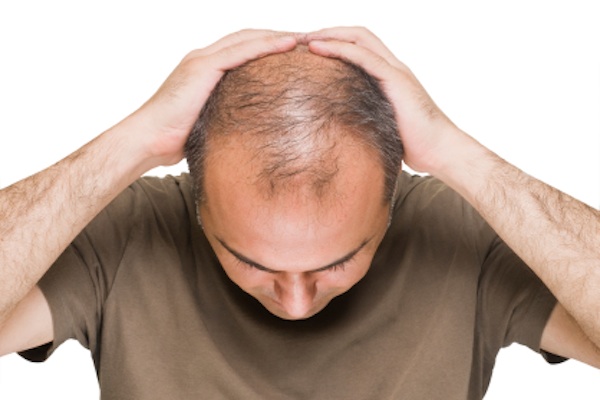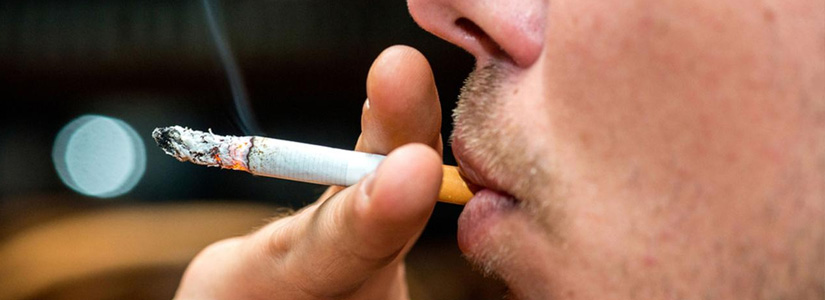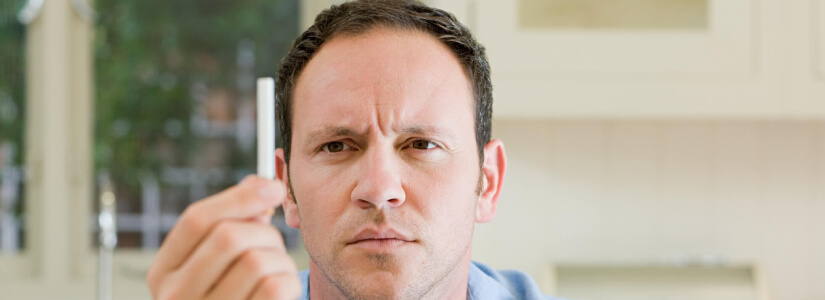Hair Transplant Cost Per Graft in Dubai
July 29, 2014

Hair transplant is a popular cosmetic treatment among men and women worldwide. It is an invasive surgical procedure, but people prefer it over other hair restoration treatments due to the outstanding results. However, since it is a surgical procedure, it has risks and complications associated with it. Although it isn’t mandatory to have any side effects after a hair transplant in Dubai, it can happen. Some side effects are temporary and subside within a day or two on their own. But some side effects can persist for a long time causing severe complications. In such cases, an expert opinion becomes crucial, but patients can take care of minor complications themselves. Most hair transplant surgeons guide their patients about possible risks and how to avoid them. So, patients must be self-sufficient if there are no serious concerns.
In this article, we have shared some common side-effects associated with hair transplants. We have also explained how to avoid them and when to see a doctor.
Hair transplants can cause several side effects that may transform into severe complications if not tended to properly. Some common risks of hair transplant are mentioned below:
Since a hair transplant in Dubai is a surgical procedure, some bleeding is bound to occur post-op. This type of exudate leakage can affect both the donor and recipient sites. There is nothing to worry about unless the bleeding becomes constant.
If the donor or recipient site bleeds constantly, patients must do as the doctor guided them. Most doctors advise their patients to apply continuous and steady pressure with sterile gauze to the bleeding site. They must put pressure on the affected area for about 15 minutes. Usually, the bleeding stops after this, but patients must immediately consult with their doctor if it doesn’t.
Swelling is a common side effect of a hair transplant. Patients may experience swelling around their foreheads on the 3rd or 4th day post-op. This type of swelling usually lasts for 2-3 days and then subsides on its own. However, in rare cases, swelling may persist and even spread to other areas such as around the eyes and nose.
Patients must apply cold compression on the forehead to alleviate the swelling. They should do it for 15 minutes twice or thrice a day. They must also avoid sleeping on their sides or front, instead, keep their head elevated while sleeping. They can also use inflatable neck pillows as it will help prevent swelling.
Small blisters around hair follicles are commonly formed after a hair transplant during the 1st month. Sometimes, after 2-3 months of the transplant, cyst-like pimples also develop around the hair follicles. Mostly, these pimples are not harmful as they are essential for new hairs to regrow. Moreover, such pimples and blisters disappear once new hairs have grown. So, these shouldn’t be considered an infection if they disappear on their own after some time. However, if they start growing in number and size over time and causing redness, they must contact their doctor.
A hair transplant is not entirely non-invasive. It is a surgical procedure, so some discomfort and pain are expected. The most common pain site is the donor region. However, some patients also experience headaches and pain around the eyes.
Patients are given a recovery kit from the hair transplant clinic/surgeon at the time of discharge. It contains some painkillers and other items that may be required during the recovery period. Patients must only take the prescribed painkillers to treat the pain.
During the recovery period, when incisions and donor sites are healing, patients experience itching. Itching, usually, is a sign of healing, so there is no reason to worry. However, patients are strictly prohibited from scratching the itchy areas. Due to scratching, patients can lose implanted hair and cause scabbing, which leads to permanent scarring. Patients can only reduce itching by applying any oil, lotion, or topical creams prescribed by the doctor.
Patients can experience numbing sensations in their scalps immediately after a hair transplant. Usually, numbness lasts for about 6-8 weeks after a transplant, but in some cases, it can last longer than that. Numbing sensations are caused as a result of anesthesia, so patients must ensure they are not allergic. If the numbness persists, they must consult with their doctors immediately.
A somewhat severe complication after a transplant is an infection. It occurs when the donor site becomes swollen, hypersensitive, and congested. For treating minor infections, the hair transplant surgeon/clinic has prepared their patients. However, if the infection is prevailing for long and spreading to the other body parts, patients must consult with their doctor.
Scabbing and crusting occur when incisions are healing. So, avoid poking, scratching, and touching the crusts. They will fall off in a week or so after the procedure.
Temporary shock loss is mandatory after a hair transplant. In this condition, the transplanted hair will fall off, and new hair will grow. This type of shock loss should not raise concern. However, permanent shock loss or the existing hair, although not common, must be avoided at all costs. It can be done by choosing an expert hair transplant surgeon for the job.
Although scarring is inevitable in a hair transplant, the scars’ type and prominence can be managed. Two hair transplant techniques are commonly used, and both leave a different kind of scar. FUT leaves a long and linear scar at the donor site (i.e., usually the back of the head). This scar is easily visible in short haircuts. On the other hand, FUE leaves tiny spots all over the scalp from where hair grafts are extracted. These scars are nearly invisible, and once the scabs are formed, they may even fall off.
If you are looking for a hair transplant in Dubai, don’t forget to check out our clinic. We have a team of board-certified hair transplant surgeons. They provide free online and one-on-one consultation. So, don’t waste any time and schedule an appointment TODAY!
Dr. Cagatay Sezgin is a celebrity hair transplant surgeon with over 20 years of experience in hair transplantation and restoration. He is the First Turkish Board Surgeon to become a member of the International Society of Hair Restoration Surgery (ISHRS) and the Asian Association of Hair Transplant Surgeons (AAHRS). Moreover, he has the honor of becoming the first hair transplant surgeon in the world to perform hair, eyebrow, and beard transplantation all in one case and that too in a single session.

July 29, 2014

October 27, 2016

July 13, 2018